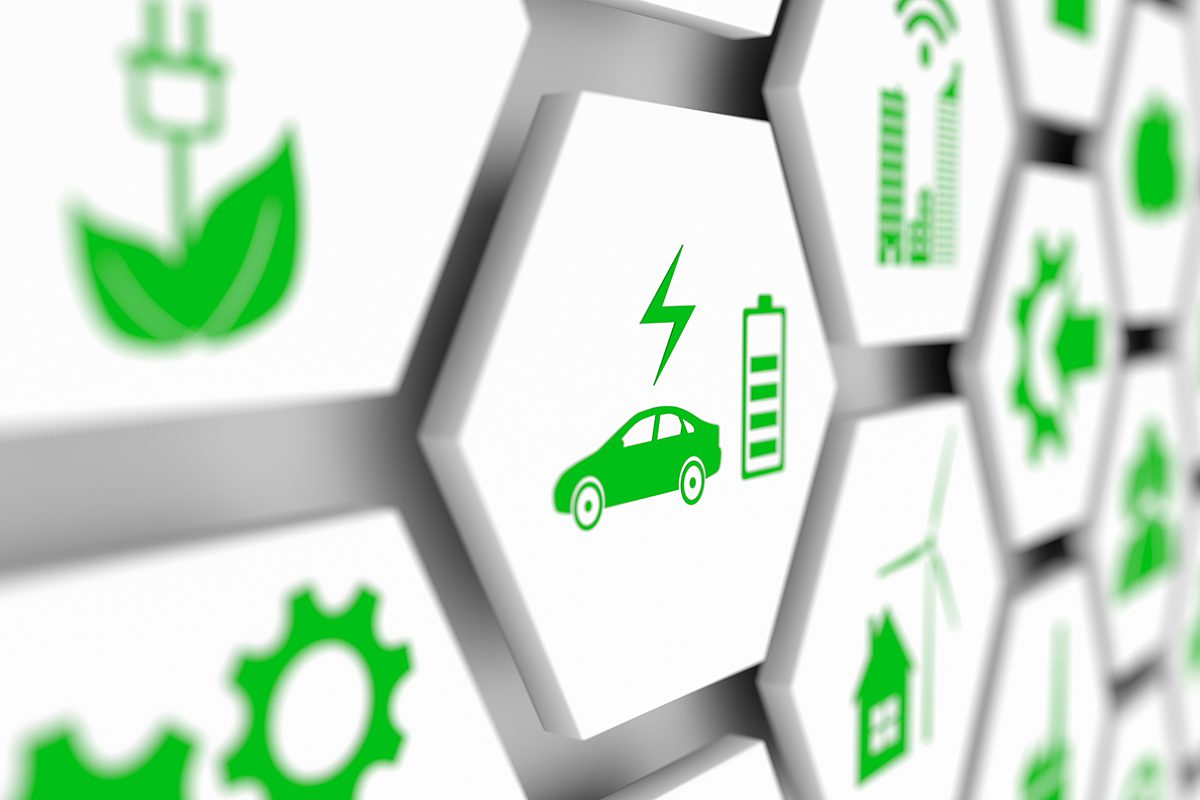As of Monday, November 15, the Infrastructure Investment and Jobs Act (the Act) has become a funding reality. Billions of dollars are now allocated towards alternative fuel transportation technologies, among a myriad of other projects. The next several years will send money rolling down the road toward a clean transportation future.
Trillions Pave the Way for Infrastructure Improvements
The grand total signed into law comes to $1.2 trillion with $550 billion in new spending to be spent over the next five fiscal years. Funding to modernize outdated infrastructure and transportation systems as well as stimulus for American clean energy and transportation are one step closer to being accessible. While there is more clarity on what will be funded and when, it remains to be seen how some new programs will take shape. Enter, Mitch Landrieu, the newly knighted senior advisor responsible for overseeing the Act and how it is carried out.
The next several years will send money rolling down the road toward a clean transportation future.
Landrieu is the former Mayor of New Orleans, following the aftermath of Hurricane Katrina, with previous stints as Louisiana lieutenant governor, state House representative, and the former president of the U.S. Conference of Mayors. Landrieu is no stranger to large infrastructure projects with an immediate need and is well acquainted with the innerworkings of state governments.
What are the Benefits for Clean Transportation?
The largest federal investments will flow to public transit, passenger rail, bridge and tunnel projects, and clean energy transmission and EV infrastructure. Public transportation will see $39 billion to modernize and expand, including replacing diesel transit vehicles with low- and no-emission alternatives. The administration’s goal of installing a national network of 500,000 EV chargers will begin with a $7.5 billion investment. Airports ($25 billion) and ports ($17 billion) will have opportunities to build and implement electrification and emissions reduction projects as well.
With such large high-level numbers now available covering a range of projects within programs, it is essential to start drilling down into details on when this funding will be available and who will be making decisions on what projects are funded. The trick moving forward will be to map out these opportunities ahead of time and understand how they compliment other legislation still in the works, such as the impending Build Back Better bill, which also proposes large numbers for clean alternative energy and transportation.
Plan Ahead and Know Where to Look
Important granular details will become more and more apparent as the Act’s funding is passed to states and the fiscal year 2022 budget is marked-up, released, and passed. In the meantime, it is still possible to piece together enough information to know when, how much, for what, and for whom opportunities will be arising — so long as you know where to look.
For example, the talking point of $7.5 billion for clean school buses and ferries really breaks down to $5 billion for clean school bus deployments via the U.S. Environmental Protection Agency and $2.5 billion for ferry access expansion and clean ferry research and deployment via the U.S. Department of Transportation (DOT). The $5 billion for clean school buses breaks down to $1 billion in competative grants and rebates each year starting in FY 2022 and going through FY 2026. Of the yearly billion, 50% will exclusively fund zero-emission school buses and 50% will fund near-zero emission school buses.
To qualify for this funding, the applicant must be a state or local government entity, tribe or tribal association responsible for providing school bus services to public school systems or purchasing vehicles, a nonprofit school transportation association, or a for-profit, not-for-profit, or non-profit contractor that sells or arranges financing for the sale of buses, fueling infrastructure, and other equipment needed to maintain vehicles. Most importantly, some projects may fund up to 100% of the costs.
DOT will have $2.5 million available through a general alternative fuel program while $5 billion will be specific to electric chargers.
In comparison, there are less details presently available for the proposed DOT grants for publicly available charging and fueling infrastructure. The DOT Secretary has 180 days to review, designate, and redesignate alternative fuel corridors, and the grant program is required to begin within one year of the Act’s enactment. Of the $7.5 billion for electric charging, DOT will have $2.5 million available through a general alternative fuel program while $5 billion will be specific to electric chargers. In other instances, agency and department secretaries will have 90-180 days to establish a program or even a year to draft reports before programs begin. The Act expands U.S. Department of Energy loan funding for advanced vehicle technologies but does not provide the amount for such specific projects. DOT Deputy Secretary Polly Trottenberg stated in a press briefing that some funding will be made available to states in the next six months.
Much of the funding will be delegated to states, which will have discretion over how funds are used and may choose more physical infrastructure improvements than alternative vehicle projects. Understanding federal, state, regional, and local priorities as well as past, current, and future trends of funding programs will be crucial for businesses seeking to pursue the Act’s funding.
GNA’s expertise and resources provide clients unique insight into the development, passage, and implementation of laws and regulations that impact the commercial transportation sector. Since its founding in 1993, GNA has been instrumental in the development of environmental programs and policies that have improved air quality, increased the use of clean fuels and advanced technologies in transportation, and have spurred the creation of innovative public-private partnerships in a variety of sectors. GNA tracks more than 500 local, state, and federal incentive programs, in addition to utility incentive programs throughout the U.S. GNA has secured more than $900 million in incentive funding for its customers and projects via the submission of more than 500 funding applications.



